“Do you like to dig?” That’s the first question seasoned Antarcticans ask when a scientist tells them he’ll spend winter on the white continent. Digging snow away from doors, windows and shipping containers saps your energy, but they’re not asking about that. Digging is a symbol for all the unglamorous physical tasks that will come to define your life. If you like to dig then you probably also like to wash, to sweep, to whittle and sand, to carry rather than drag, to find the right tool for the job, to fight a losing battle against the weather.
Our drinking water is made from desalinated seawater. An impressive machine that smells like a swimming pool makes perfectly soft water with no taste. We use its bounty sparingly and bubble carbon dioxide through the water to hit the appropriate pH balance. Unfortunately, we are running out of carbon dioxide and the water is becoming more alkaline. They tell us we’re safe, and that we’ll see damage to the pipes well before the enamel begins to flake from our teeth. We watch the pipes and brush with high fluoride toothpaste. As a climate scientist, I never thought I would be this exposed to a shortage of carbon dioxide.
Skidoos replaced dog sleds in the late 1990s. The biggest beneficiaries of the change are the seals, which are no longer hacked into dog food. But as I scream expletives through a blizzard at my skidoo, yanking its starter cord in vain for the tenth time, I wonder if anything has really changed. I still have to contend with a loud, smelly, temperamental steed, which could seriously hurt me if I push things too far. Fighting apoplexy, I call the station’s garage on the radio for help. Why is everything in Antarctica so difficult and crap? It turns out I have inadvertently left the kill switch on.
We finally used our last egg. Since the last resupply half a year ago, we’ve been diligently turning our eggs over twice a day, resuspending their yolks so they don’t settle on the shell and rot. Six months and thousands of eggs later, I watch the last shell break and release its suspiciously viscous payload into a mixing bowl. Months ago, we accidentally broke the top layer of each box, a hundred eggs wasted in a heartbeat. We laughed at the time, but now each one seems precious. From here on, cakes will be made with tofu.
Our station sits next to a large bay which freezes over as winter sets in. Until then, it’s warm enough for humpback whales to visit us. The weather is calm, the sky is clear, and the full moon lights up the glacial walls of the bay like a football stadium, the drifting icebergs like players. One night I fell asleep with the window cracked open, listening to the humpbacks call to each other through the still air. I woke up thinking that I’d never heard anything so beautiful.
We are truly isolated here, but rarely alone: the same twenty-five people greet me at every lunchtime and at every dinnertime. At times it feels impossible to look at those increasingly weathered faces, and all I want to do is hide in bed. I’m beginning to get up earlier and earlier, savoring my alone time in front of the harsh LED lamp that keeps seasonal affective disorder at bay. I can’t wait to see the sun.
Midwinter’s Day is a big deal in Antarctica. It marks the halfway point, after which the sun will eventually return. We dress up for a feast of dried, canned and frozen food. A team photo is taken and sent to teams at the other Antarctic stations. We exchange gifts, handcrafted over weeks and months with the wood, metal and various detritus to hand. In the evening we crowd into an attic to watch John Carpenter’s The Thing projected on a wall.
The sea has frozen over so solidly that we can walk on it, allowing us to gather the data that lured us here. At first we go out on skis, spreading our weight and shuffling across the eight-inch skin of floating ice. We wear immersion suits in case we fall through, and carry throw-ropes for rescue. We also take a harpoon of sorts, which we occasionally smash on the ice in front of us. The Inuit have a handy rule: ice that can withstand a single firm strike is fit to walk on; two strikes indicate it’s fit to skidoo on. We are more cautious. When our science requires it, we bore holes and extract ice cores. Our steel drill rips through the soft, salty ice, revealing the humbling fragility of what holds us up.
A bright red plane appears in the sky like a hideous albatross. It lands on our runway, freshly cleared of snow. I’m going home. The sun shines through the thin, ozone-depleted atmosphere as I climb into the plane. I’m greeted by two pilots, preposterously tanned and energetic compared with us on the station. We take off, flying low over dazzling ice and dark gray ocean, turning north. I’m headed to a new job and another polar winter at the other end of the planet, this time in Arctic Norway. Once again, I’ll not see the sun for weeks as I endure my second back-to-back polar night. I am still not sure if I like to dig.
Robbie Mallett is a polar climate scientist at UiT the Arctic University of Norway.
This article was originally published in The Spectator’s UK magazine. Subscribe to the World edition here.



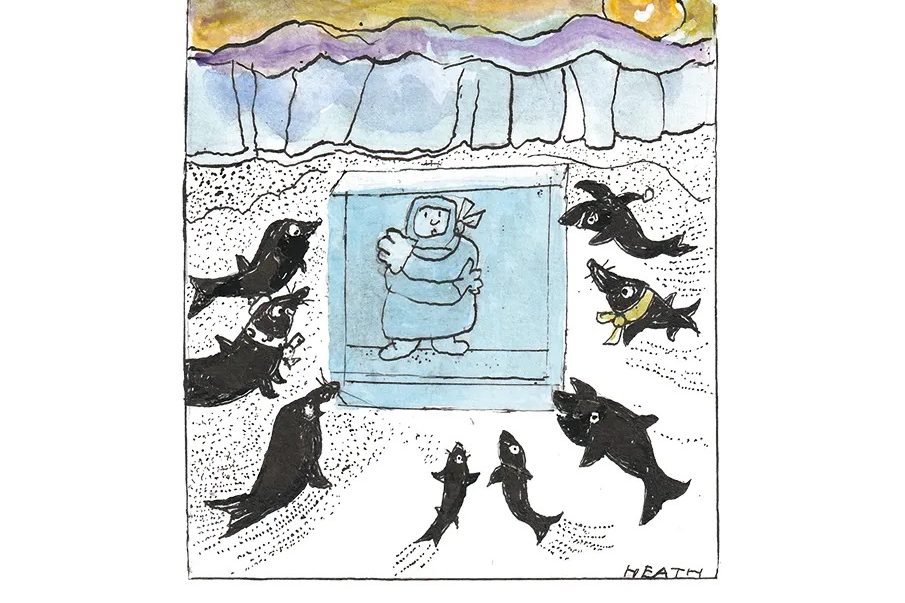







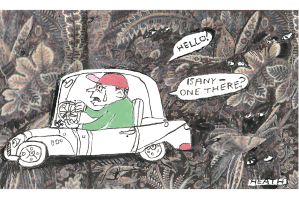
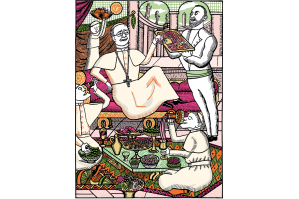
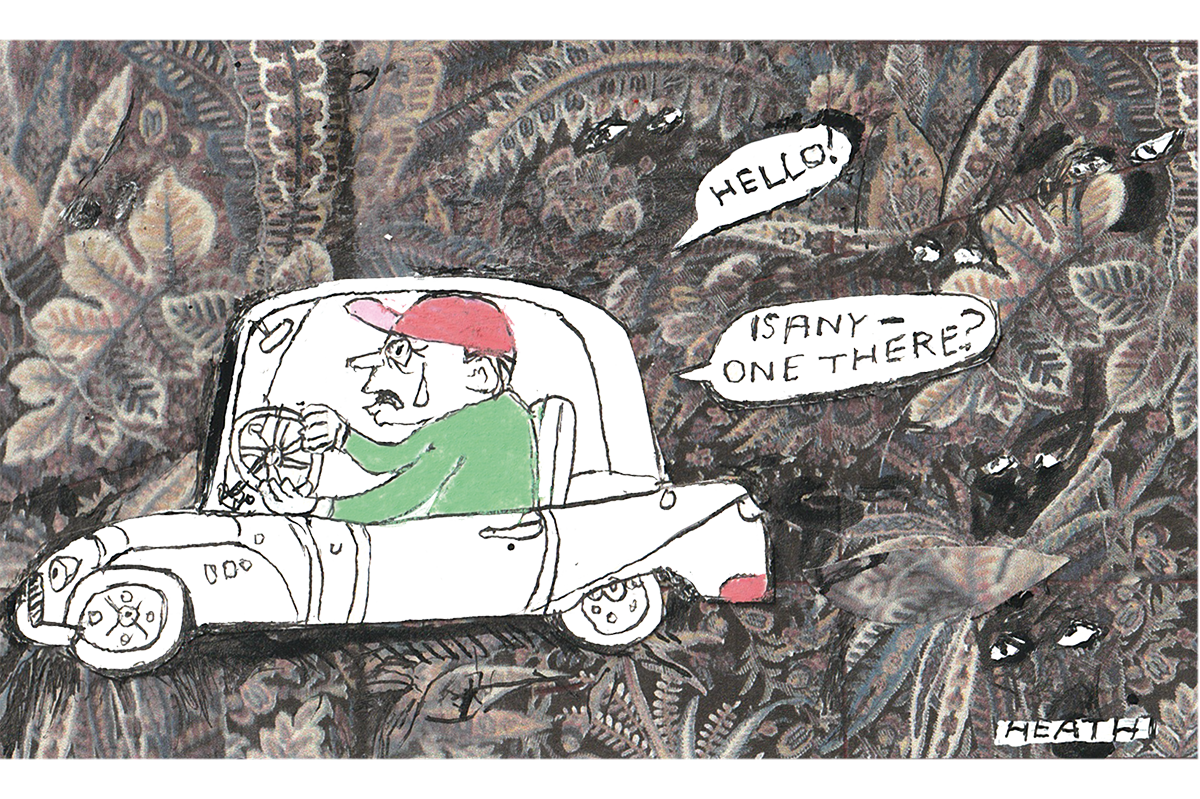
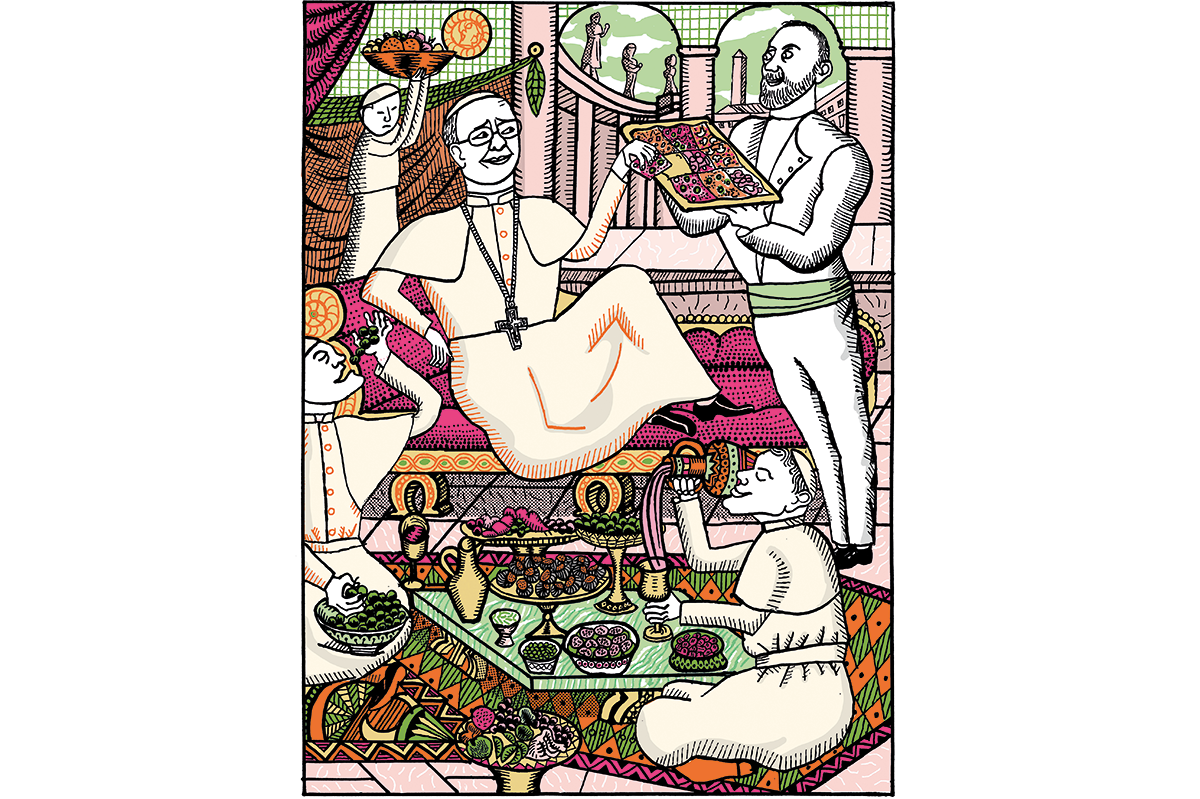
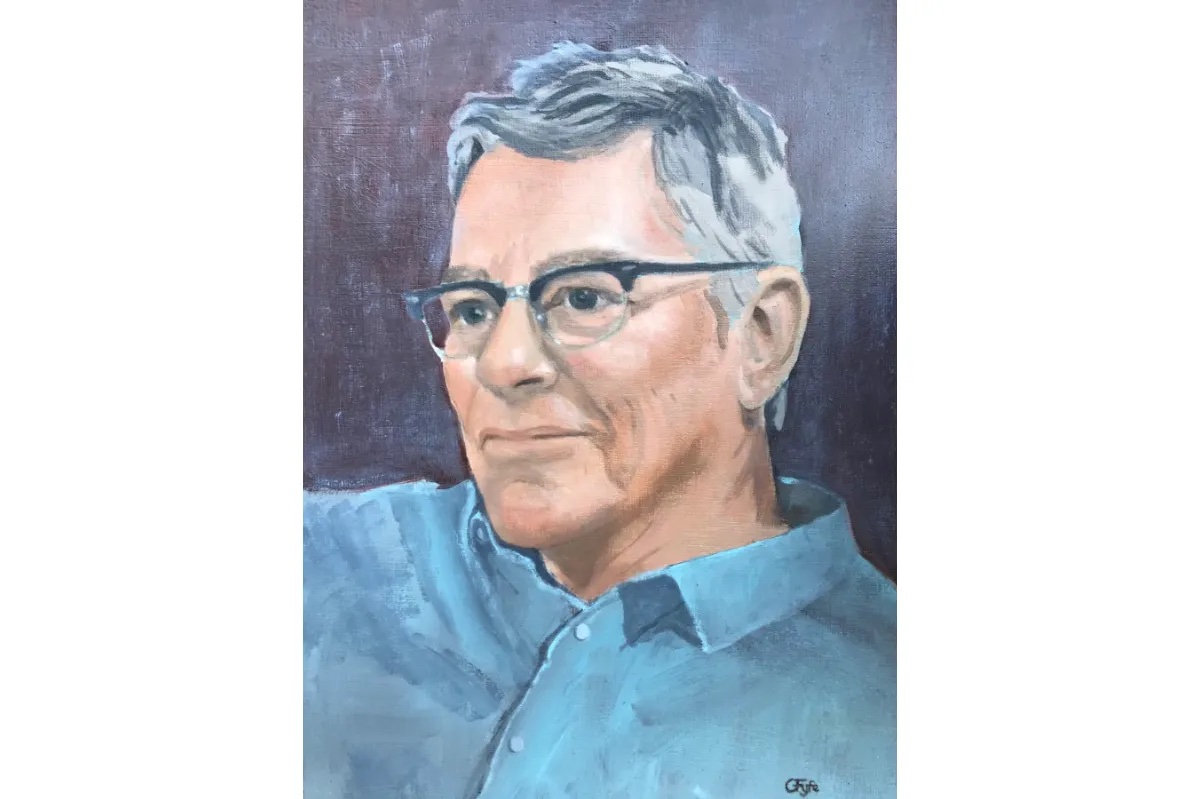

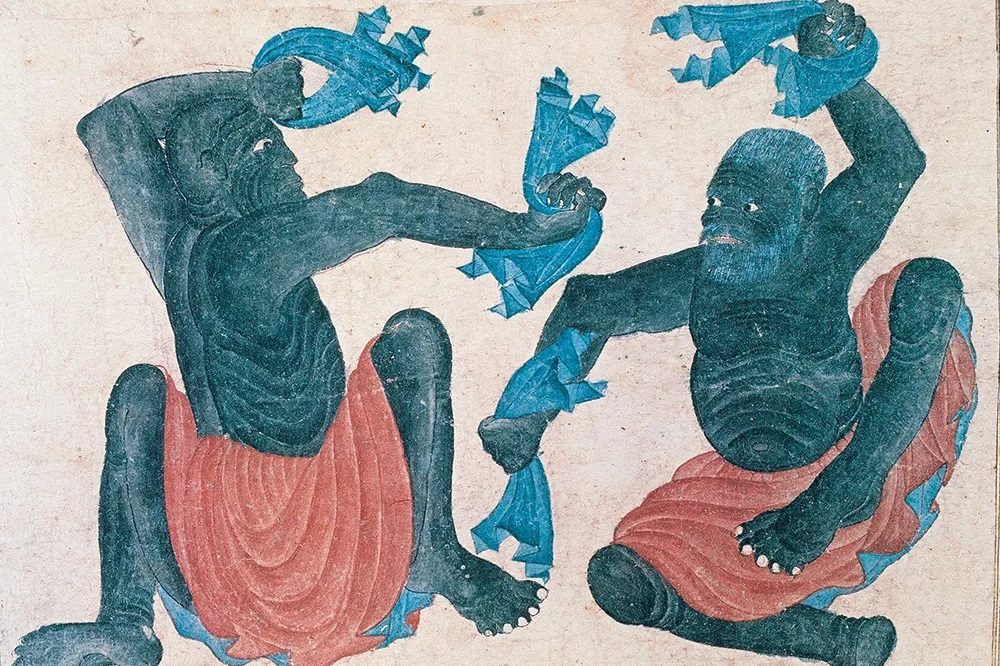
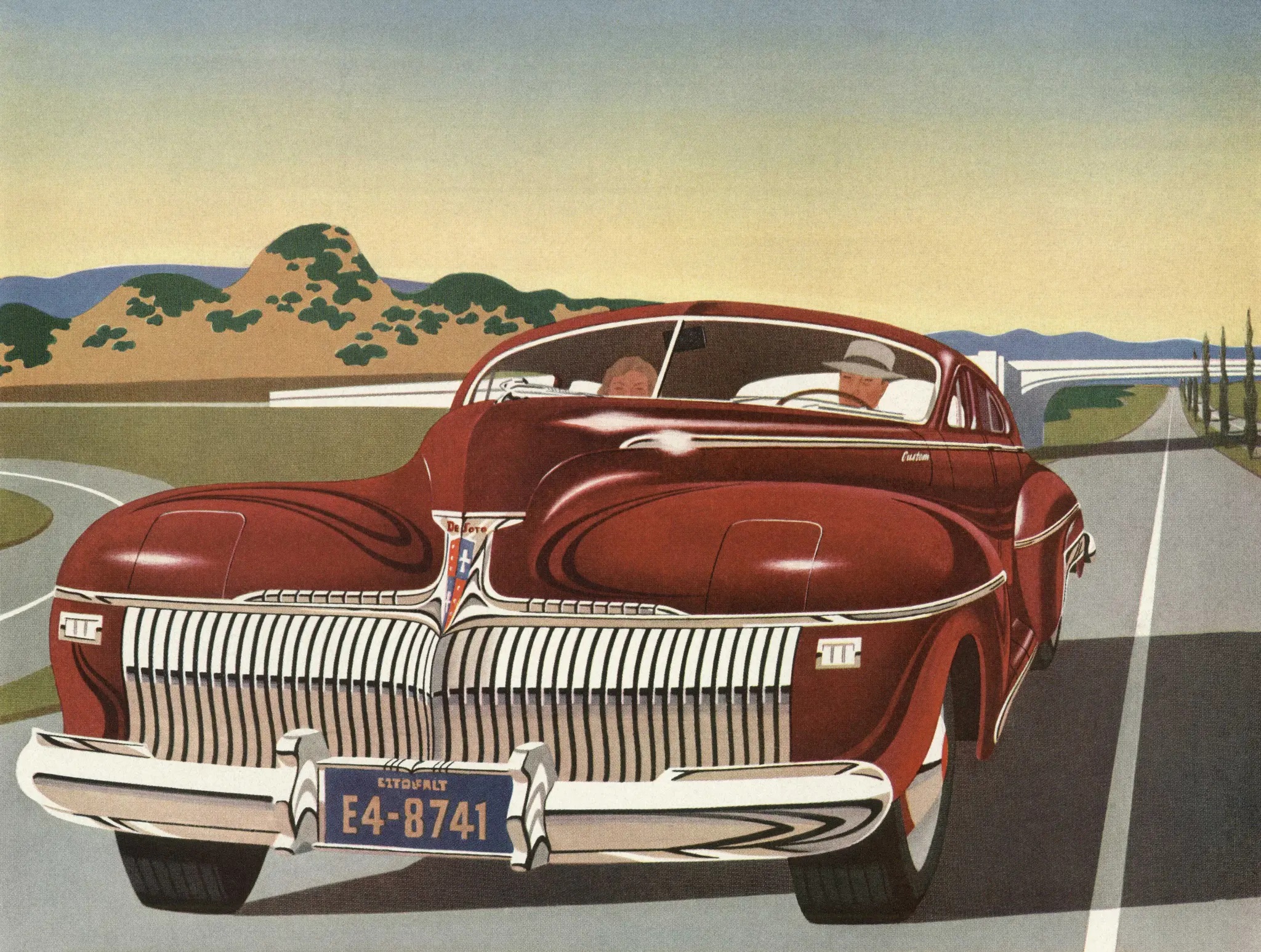







Leave a Reply